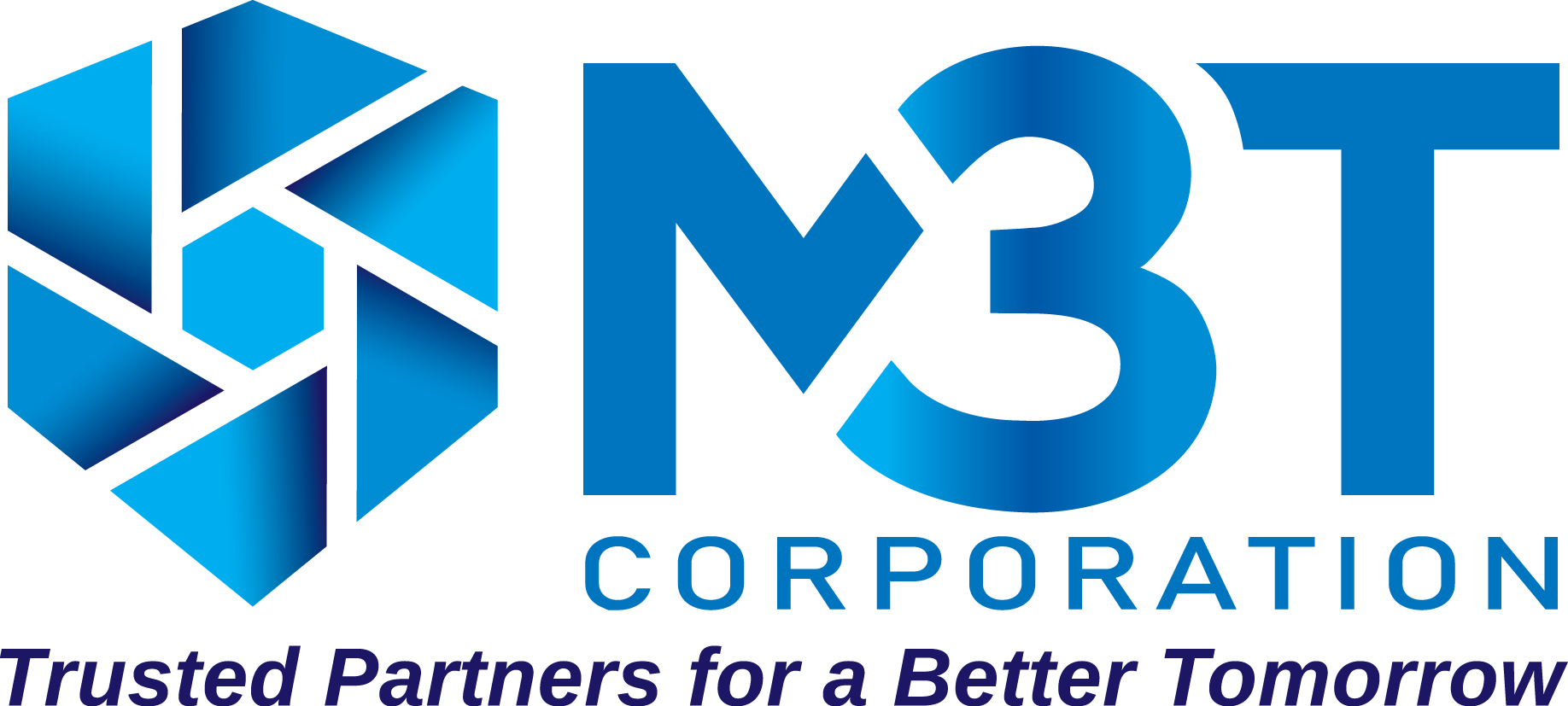Are You a Customer Advocate within Your Organization?
Advocacy may be defined as an activity by an individual or group that aims to influence decisions within political, economic, and social institutions. Advocacy can include many activities that a person or organization undertakes on behalf of another person, organization, or cause. An example of political advocacy is lobbying where a direct approach is made to legislators on a specific issue or a specific piece of legislation.
Wikipedia defines customer advocacy as, “A specialized form of customer service in which companies focus on what is best for the customer. It typically results in changes to a company’s culture such that it is or becomes supported by customer-focused customer service and marketing techniques.”
A key element to advocacy is establishing relationships with those who one hopes to influence and/or benefit. Another key element is communication. It must be open and on-going if one is going to succeed in building a strong relationship. For the advocate that means strong relationships within the advocate’s organization as well as with the customer.
Regular interaction will not only help to build trust with the customer but will also help to establish the customer as a participating partner in maintaining the relationship. It also facilitates the development of new and better ways to meet the customer’s needs. Partnerships thrive when built on a foundation of honesty and trust. In order to build that trust, the advocating organization needs to be open with customers and make sincere, good faith efforts to notify customers of anything that would have an impact on the customer’s operation. Such things as design changes and improvements as well as pricing and support will be meaningful to the customer. In other words, customer advocacy means a relentless focus on the customer’s needs.
Dr. Kenichi Ohmae, Ph.D., an organizational theorist, management consultant, former Professor and Dean of UCLA Luskin School of Public Affairs, and author, once pointed out that any business unit must take into account three key players: the organization itself, the customer and the competition. These three components have a decisive impact on the direction any one of them may take in pursuit of their business objectives. Most competitive advantage is temporary in that the competition may also be constantly improving and advocating for customers. That means the vendor organization must be constantly striving to improve. It is a process Japanese business theory refers to as “kaizen”.
For advocacy to succeed, the vendor organization must be completely on board with the concept of kaizen and give it wholehearted support, and the customer must be able to see it. That support takes many forms beginning with the first “touch” the organization has with the customer through to the product hand-off and ongoing after-sales support.
For advocacy to work within the vendor organization there must be standards of service that have to be met or exceeded by internal organizational customers as well as the paying customer. An organizational customer would be anyone who takes and subsequently hands-off any process that moves the “product” downstream through the organization and out to the customer. The concept of kaizen must be a way of life for the vendor organization.
Standards and processes should be continuously improved and should be focused on meeting the needs of the customer. A goal in this process is to delight the customer’s experience such that repeat business can be anticipated. Tom Peters, management consultant and author, once said, “All business success rests on something labeled a sale, which at least momentarily weds company and customer.” Sustainable business success depends on keeping the “marriage” going with repeat business.
Customer advocates are a little different from sales representatives, although, in theory, customer reps should be advocates. They are also different from product managers, who should have an advocacy role. Their perspective should be, “What can we do in the future that will delight our customers?” That role also has a kaizen perspective in the pursuit of product improvements and cost reductions.
Most organizations will recognize that customer delight can be temporary. The customer’s attitude will be something like, “Well you were great the last time, now what will you do for me this time?”

Jason Elder
Design Engineer
